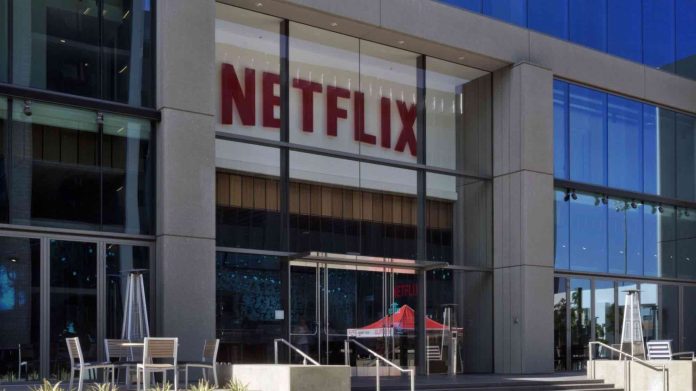Netflix continues to push the needle of inclusion, representation and diversity but this time, it’s not in front of the camera. The streaming giant has released its inaugural inclusion report that takes an in-depth look at its company diversity numbers and trends since 2017, its progress as well as its plan to increase diversity within its workforce.
In addition to the report, they released a short video (which you can watch above) that helps unpack the report and gives further insight. The short features Vernā Myers, vice president of inclusion strategy; Ted Sarandos, co-CEO and chief content officer; Bozoma Saint John, chief marketing officer; Kabi Gishuru, director of inclusion recruiting programs; Aaron Mitchell, HR director for Netflix Animation; Rochelle King, vice president of creative production; Aaron Lynch, creative marketing manager; Frances Abebreseh, communications manager; Haydn Palmer, creative assistant; Gena-mour Barrett, editorial and publishing manager; and Cole Galvin, director of content acquisition.
The report finds that women make up half of Netflix’s workforce (47.1%) and this includes the leadership level. Directors and above are at 47.8%; vice presidents clock in at 43.7% and senior leadership is at 47.6%).
Nearly half of Netflix’s U.S. workforce (46.4%) and leadership (42.0%, director level and above) are made up of people from one or more underrepresented racial and/or ethnic backgrounds, including Black, Latinx or Hispanic, Indigenous, Middle Eastern, Asian, and Pacific Islander backgrounds. The number of Black employees in the U.S. doubled in the last three years to 8% of our workforce and 9% of our leadership.
In order to bolster their efforts to increase representation, Netflix has expanded its inclusion recruiting programs team which train recruiters on how to hire more inclusively, help the company and senior leaders diversify their networks, and create programs like the HBCU bootcamp to create access to emerging talent.
In terms for improving pay and benefit practices, Netflix reports that they are striving to be more inclusive and equitable as possible with open compensation for leaders, family forming benefit, gender-blind parental leave and U.S. transgender health benefits.
Through its “inclusion lens” Netflix encourages employees to be thoughtful with their decisions so that they are embracing differences, addressing biases and considering a decision’s impact on marginalized groups. These practices have become even more important and relevant during the pandemic and the Black Lives Matter movement that was sparked by the death of George Floyd and numerous Black men and women who lost their lives before and after him. Netflix runs workshops to raise the consciousness of topics like privilege, bias, intersectionality and allyship.
The report also shows that Netflix’s issues around inclusion and diversity vary by department, so we have inclusion leaders embedded with the different teams and addresses the different needs for each of them This includes content, production, and marketing focus on representation issues. Meanwhile, product and technology programming looks at increasing employee representation of women, Black and Latinx folks.
This inclusion report aligns with Netflix’s innovative nature. The company hopes its entrepreneurial culture with diversity and inclusion will unlock even more of its innovative nature. Netflix has put its money where its mouth is and goes beyond virtue signaling and leans into creating impact. The streamer has moved cash into Black-owned banks, supporting Black Lives, improving the accessibility of its offices and its service, investing in first-time filmmakers, increasing representation on our productions, and creating access for indigenous creators in Australia and for underrepresented directors in the UK.
Still, Netflix recognizes there are areas that need improvement. The streamer looks to recruit more Hispanic, Latinx and other underrepresented people as well as learning about inclusion topics in societies outside of the U.S., and measuring how well its doing on inclusion.





























